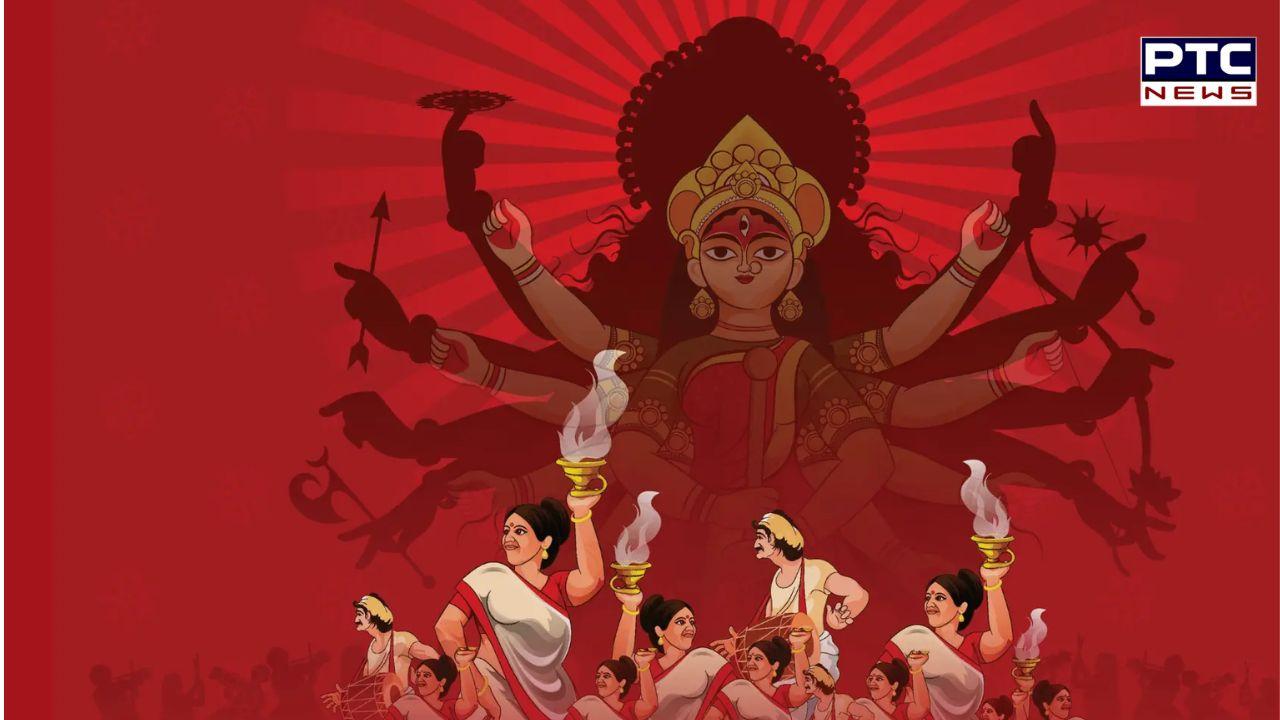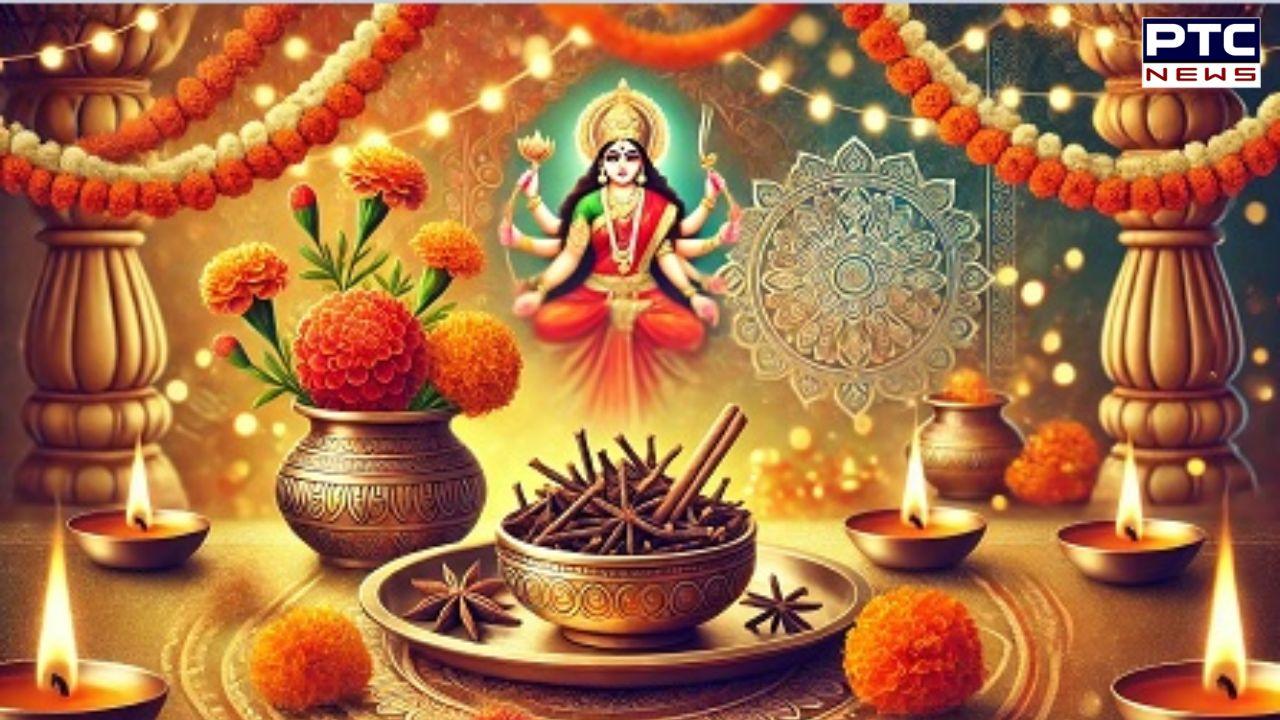Shardiya Navratri 2024: Explore nine colours and their significance for the festival
Wearing the specific colour is believed to amplify the festive spirit and connect devotees with the divine energy of the Goddess

Shardiya Navratri 2024: As the vibrant festival of Navratri approaches, devotees are gearing up to celebrate the nine divine nights dedicated to Goddess Durga. This year, Shardiya Navratri will commence on October 3, 2024, and conclude with Dussehra on October 12, 2024. A captivating aspect of this festival is the assigned colour for each day, each carrying unique spiritual significance. Wearing the specific colour is believed to amplify the festive spirit and connect devotees with the divine energy of the Goddess.

Here’s a closer look at the nine colours of Navratri and their meanings:
Navratri Day 1: Orange (Shailaputri)
The first day of Navratri honours Shailaputri, the "daughter of the mountains." This vibrant orange colour represents warmth, vitality, and positive energy, embodying the essence of nature.
Navratri Day 2: Green (Brahmacharini)
Dedicated to Goddess Brahmacharini, who symbolises growth and fertility, the second day features green. This colour evokes peace and a sense of serenity, reflecting her commitment to penance in her quest for Lord Shiva.
Navratri Day 3: Grey (Chandraghanta)
On the third day, devotees worship Chandraghanta, adorned with a half-moon on her forehead. The colour grey signifies strength and resilience, embodying the Goddess's ability to overcome challenges.
Navratri Day 4: Orange (Kushmanda)
The fourth day focuses on Goddess Kushmanda, the creator of the universe. Wearing orange again on this day radiates warmth, exuberance, and positivity.
Navratri Day 5: White (Skandamata)
Skandamata, the mother of Murugan, is honoured on the fifth day. The colour white symbolises purity and innocence, reflecting the Goddess's nurturing qualities.
Navratri Day 6: Red (Katyayani)
The sixth day celebrates Katyayani, known for her fierce nature. Red, symbolising love and strength, is the colour of the day, often seen in the traditional chunri offered to the Goddess.
Navratri Day 7: Royal Blue (Kalaratri)
Devotees honour Kaalratri on the seventh day, wearing royal blue, a colour representing tranquility and depth, reflecting the powerful nature of the Goddess.
Navratri Day 8: Pink (Mahagauri)
The eighth day celebrates Mahagauri, whose purity is symboliszed by the colour pink. This colour fosters compassion, love, and harmony.
Navratri Day 9: Purple (Siddhidatri)
Finally, the ninth form, Maa Siddhidatri, is worshipped with the colour purple, which signifies luxury and spiritual strength, embodying the richness bestowed upon devotees.
